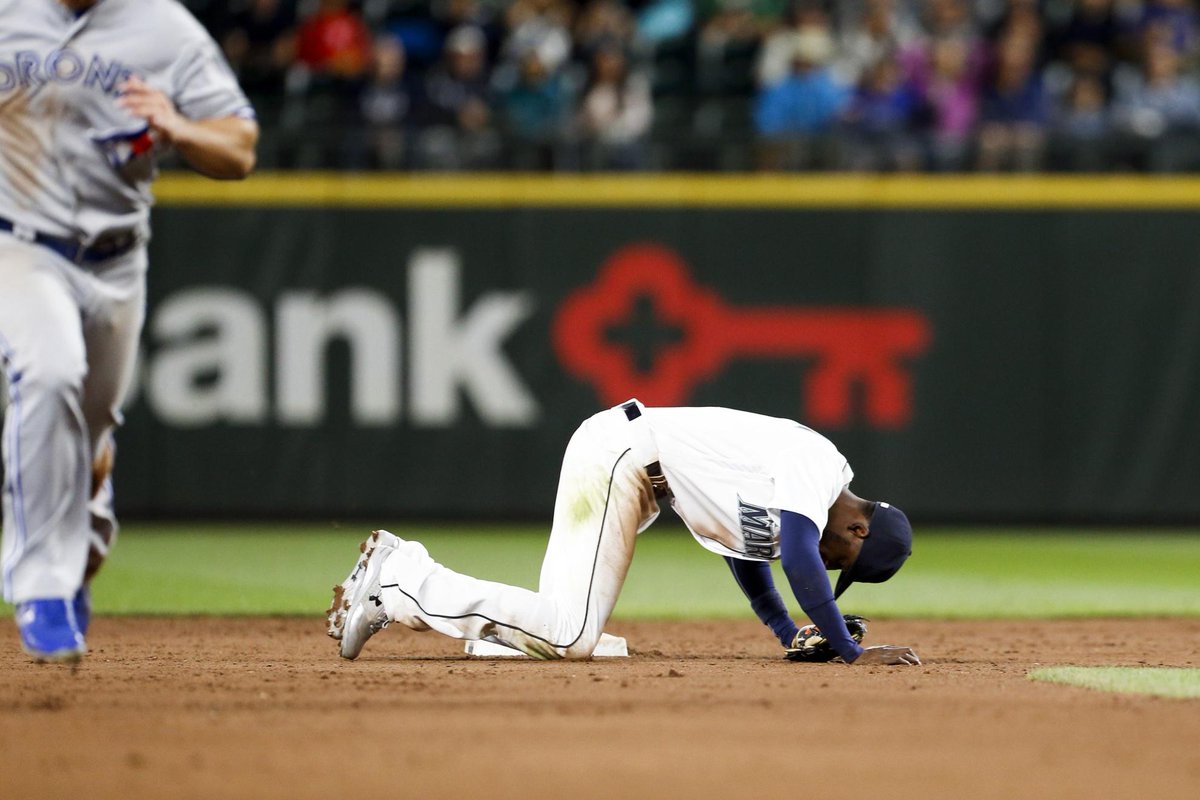An Ankle Injury Can Take You Out of the Ballgame
– But Lemak Health Can Get You Back In!
|
According to the American Family Physician, acute ankle injuries are one of the most common injuries experienced by athletes. In fact, ankle injuries account for more than two million injuries each year – and professional athletes are no exception. Mariners’ Dee Gordon most recently suffered a right ankle injury when trying to make a play to second base. While the injury is not believed to be a long-term issue, minor or severe, ankle injuries should be taken extremely seriously. |
 |
Uncovering Your Ankle Injury
Did you know that 25,000 sprain ankles occur every day in the United States? Ankle injuries can happen to anyone. From the weekend warrior to the professional athlete, everyone is at risk of suffering an ankle injury if not careful.
In Gordon’s case, his ankle injury occurred when he twisted his right ankle trying to catch a throw from teammate Kyle Seager. When an ankle injury happens, the symptoms can range from moderate to severe and include:
- Ankle instability
- Bruising
- Limited range of motion
- Limping
- Pain in ankle
- Swelling
- Tenderness
The best way to recover from an ankle injury is to seek treatment for symptoms as the injury occurs. You do not want to try to work an ankle injury out on your own, as you can create further damage to your ankle if not careful, which can take you out of the game even longer.
Diagnosing and Treating Your Ankle Injury
During the physical examination, an orthopedist will come in to inspect the ankle injury, looking for any swelling and bruising that might have occurred. He or she may also check for tenderness, swelling levels, and pain tolerance during the examination to better gauge whether the ankle injury might be a sprain, strain, or fracture.
In addition to the physical exam, an X-ray or magnetic resonance imaging (MRI) might be required for further evaluation. Fortunately, mild sprains and strains can be treated at home, while severe ankle injuries might require an ankle brace or even surgery.
The following are the most common treatment plans associated with ankle injuries, including:
- Brace
- Elastic bandage
- Non-steroidal, anti-inflammatory medications to help with pain and swelling
- Physical therapy
- Rest, including rest, ice, cold compression and elevation
- Splint
How to Prevent an Ankle Injury
While, fortunately, Gordon’s ankle injury is not as severe as it could have been, some athletes are not so lucky. Therefore, prevention is key when trying to protect your ankle from injury this sports season.
Before performing any type of physical activity, you want to make sure you warm up, which can include stretching or even a slow jog to help warm-up muscles. prior to any sports activity
In addition, you want to be wearing the best athletic shoes for both your foot type and the sport you are playing. For instance, a regular tennis shoe is not going to protect your foot and ankle properly when running cross country. Therefore, it is best to use shoes designed for the sport.
Finally, listen to your body. When you start to feel ankle pain while participating in an activity, stop immediately to see if the pain subsides. If the pain continues, it might be best to seek medical attention to ensure a more serious injury hasn’t occurred.
Whether mild or severe, Lemak Health is here to help get you back on the field after an ankle injury. Contact us today to learn how our orthopedic surgeons can provide services that get you feeling as good as new.
